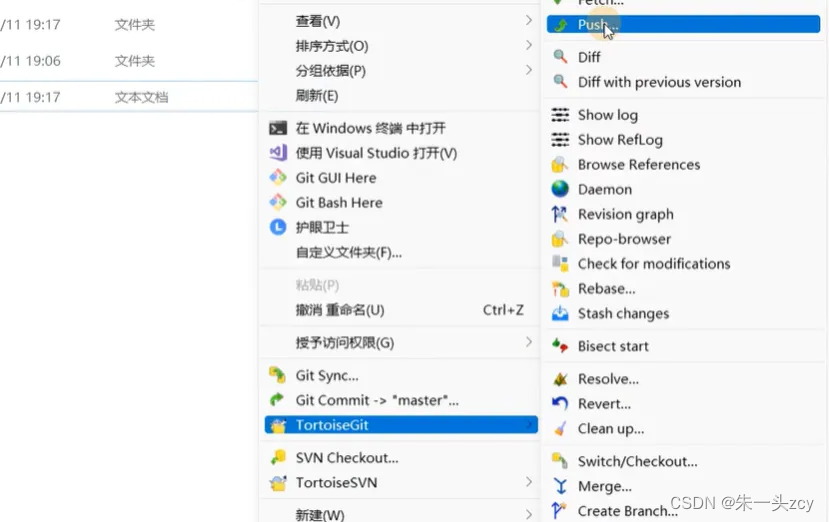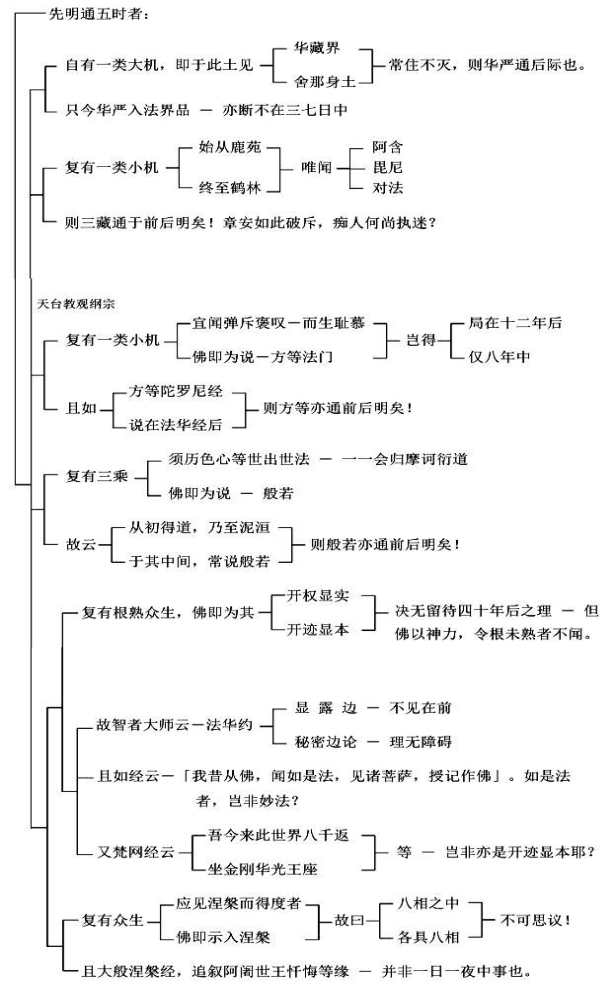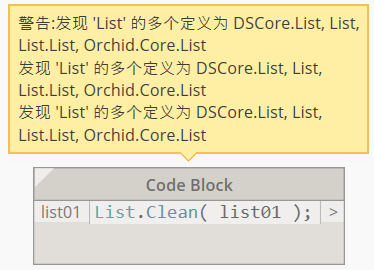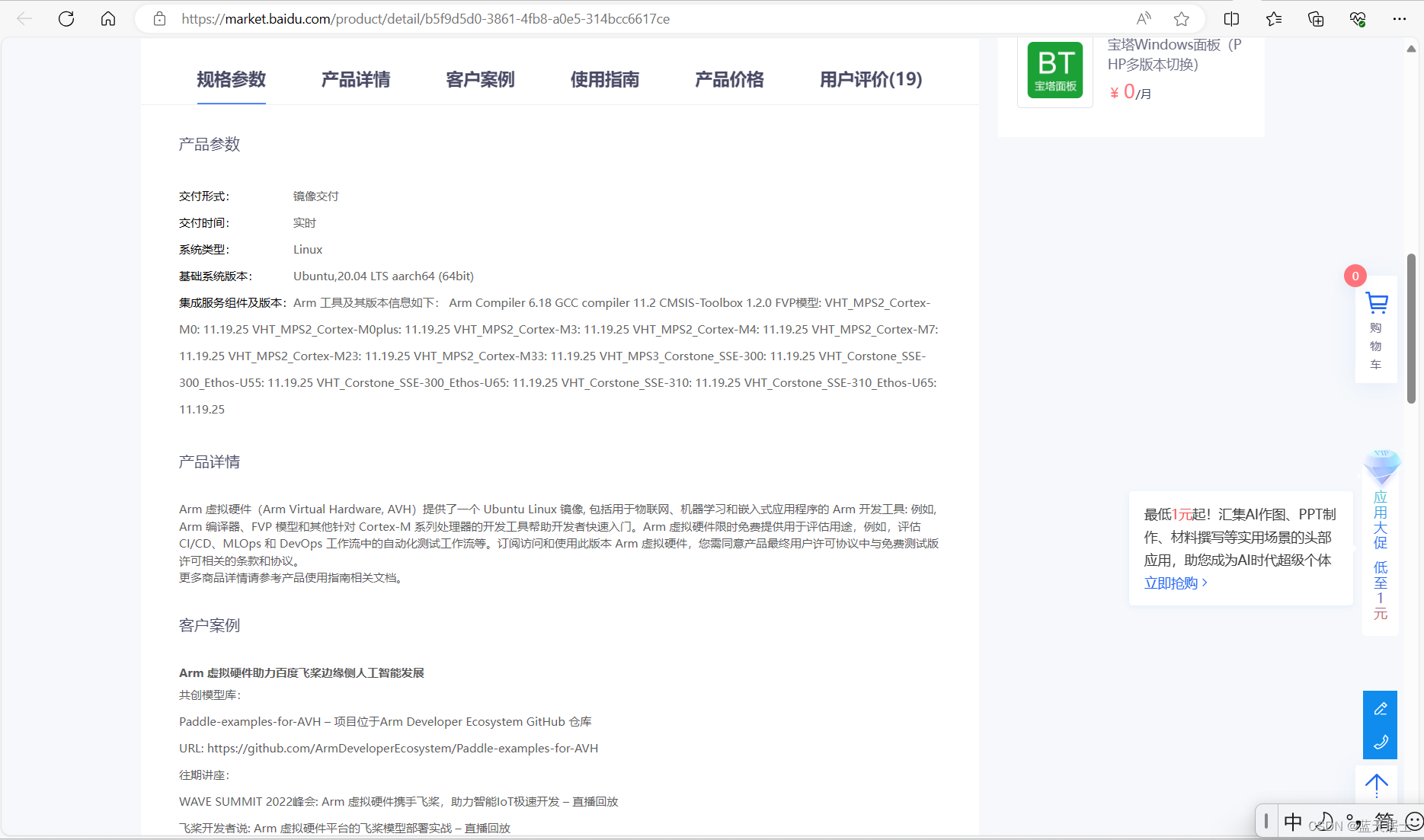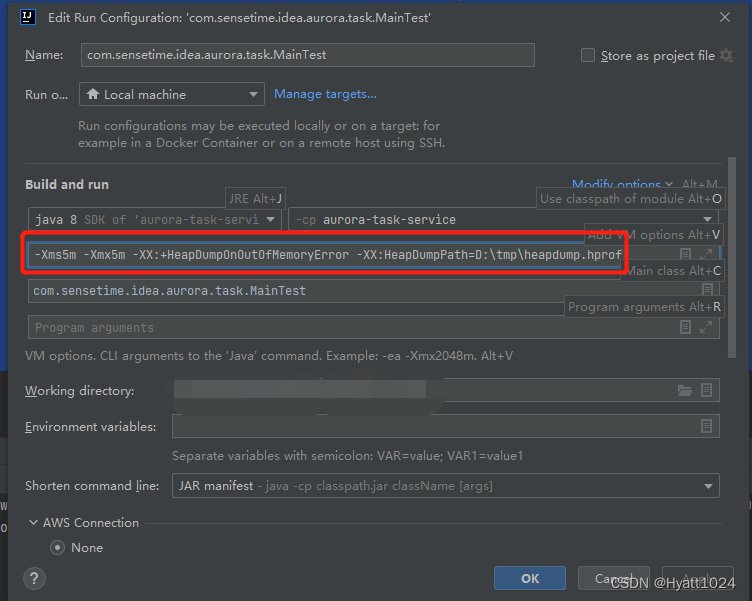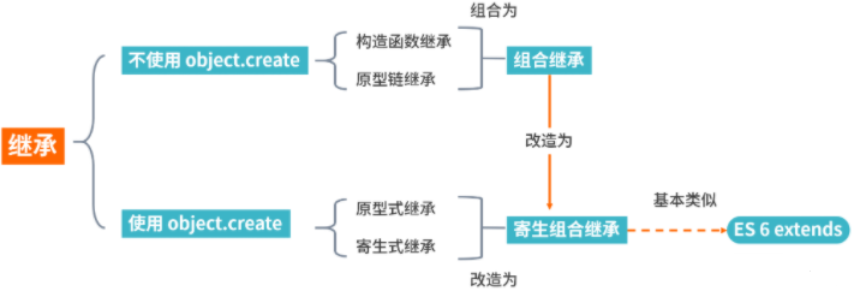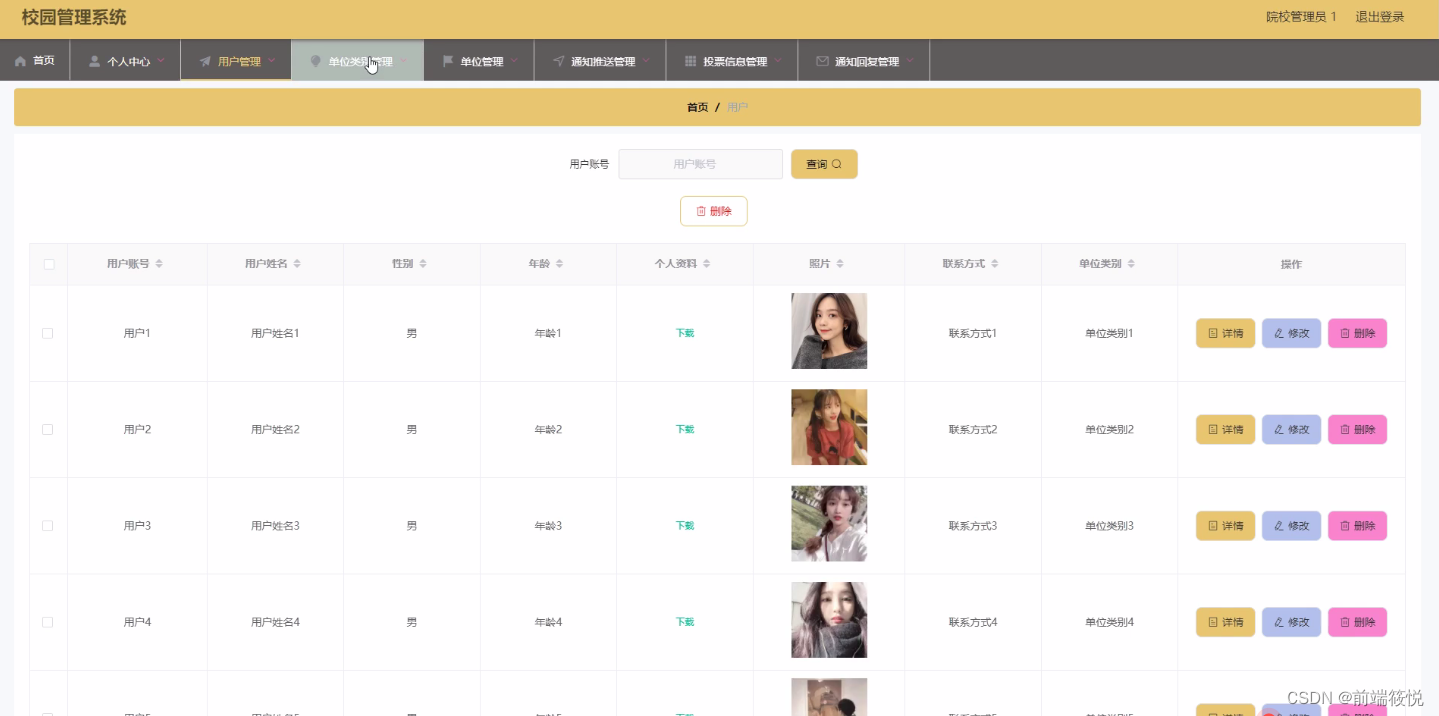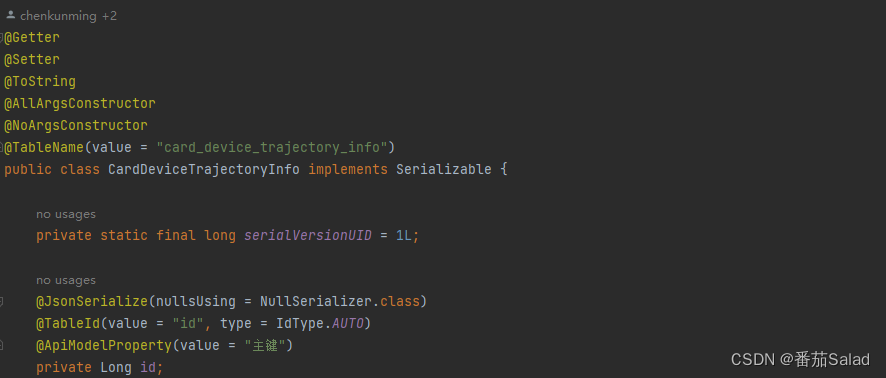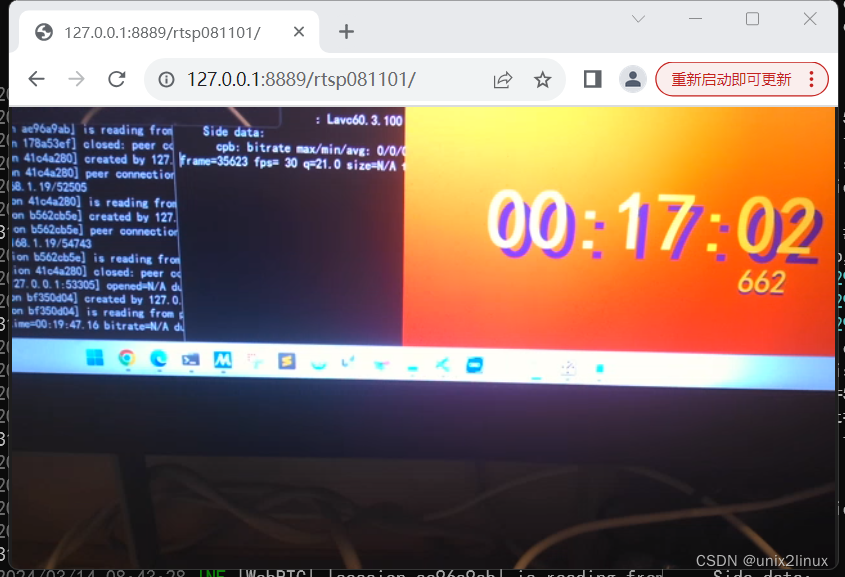一:Spring框架的介绍
1. Spring框架的概述
Spring是一个开放源代码的设计层面框架,它解决的是业务逻辑层和其他各层的松耦合问题,因此它将面向接口的编程思想贯穿整个系统应用。
Spring是于2003 年兴起的一个轻量级的Java开发框架,由Rod Johnson在其著作Expert One-On-One J2EE.
Development and Design中阐述的部分理念和原型衍生而来。
它是为了解决企业应用开发的复杂性而创建的。框架的主要优势之一就是其分层架构,分层架构允许使用者选择使用哪一个组件,同时为 JavaEE 应用程序开发提供集成的框架。
Spring的核心是控制反转(IOC)和面向切面(AOP)。简单来说,Spring是一个分层的JavaSE/EEfull-stack(一站式) 轻量级开源框架。
IOC: 控制反转,将创建对象的过程交给spring进行管理.
AOP: 面向切面,在不修改源代码的情况之下进行代码功能的增强.
2. Spring框架的优点
方便解耦,简化开发,Spring就是一个大工厂,可以将所有对象创建和依赖关系维护,交给Spring管理,这也是IOC的作用。
AOP编程的支持,Spring提供面向切面编程,可以方便的实现对程序进行权限拦截、运行监控等功能。
声明式事务的支持,只需要通过配置就可以完成对事务的管理,而无需手动编程。
方便程序的测试,Spring对Junit4支持,可以通过注解方便的测试Spring程序。
方便集成各种优秀框架,Spring不排斥各种优秀的开源框架,其内部提供了对各种优秀框架(如:Struts2、Hibernate、MyBatis等)的直接支持。
降低JavaEE API的使用难度,Spring 对JavaEE开发中非常难用的一些API(JDBC、JavaMail等),都提供了封装,使这些API应用难度大大降低。
二:Spring基本使用,创建Hello world
创建maven工程,导入坐标依赖
<dependencies>
<dependency>
<groupId>org.springframework</groupId>
<artifactId>spring-context</artifactId>
<version>5.0.2.RELEASE</version>
</dependency>
<dependency>
<groupId>commons-logging</groupId>
<artifactId>commons-logging</artifactId>
<version>1.2</version>
</dependency>
<dependency>
<groupId>log4j</groupId>
<artifactId>log4j</artifactId>
<version>1.2.12</version>
</dependency>
<dependency>
<groupId>junit</groupId>
<artifactId>junit</artifactId>
<version>4.12</version>
<scope>test</scope>
</dependency>
</dependencies>
编写demo,编写具体的实现方法
public class Demo {
public void hello() {
System.out.println("hello world");
}
}
编写Spring核心的配置文件,在resources目录下创建applicationContext.xml的配置文件,名称是可以任意的,但是一般都会使用默认名称。
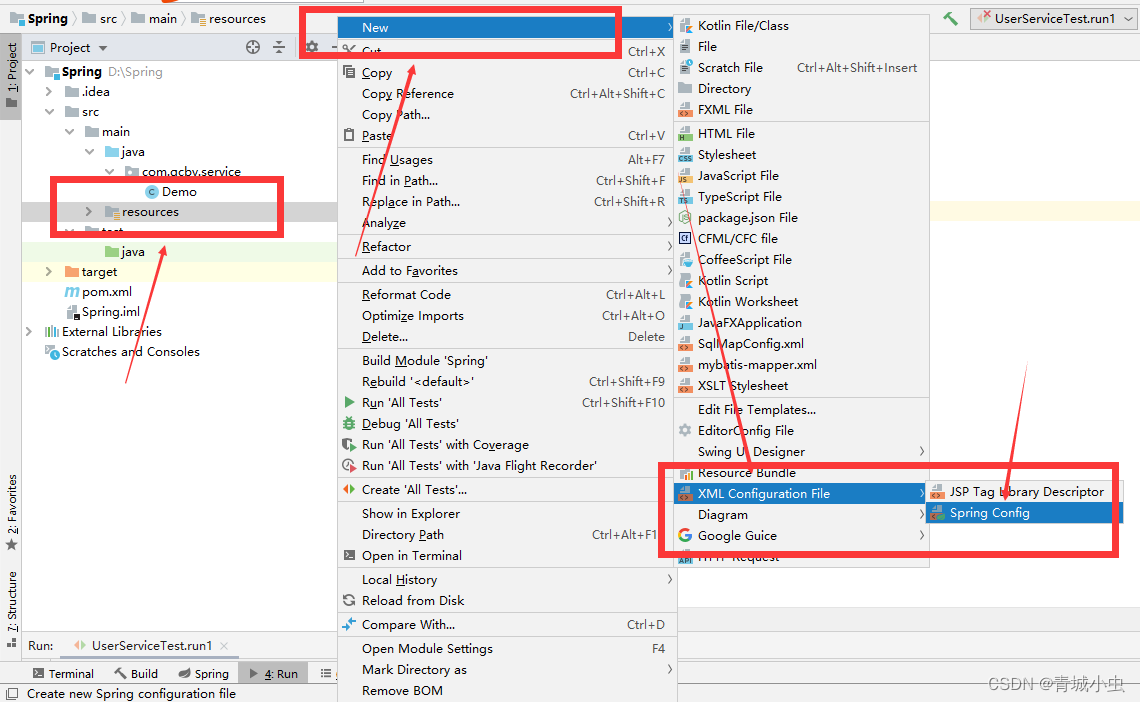
<?xml version="1.0" encoding="UTF-8"?>
<beans xmlns="http://www.springframework.org/schema/beans"
xmlns:xsi="http://www.w3.org/2001/XMLSchema-instance"
xsi:schemaLocation="
http://www.springframework.org/schema/beans
http://www.springframework.org/schema/beans/spring-beans.xsd">
<!--IOC管理bean-->
<!--id:类的唯一标识符 class:类的全路径名-->
<bean id="demo" class="com.qcby.service.Demo" />
</beans>
编写测试方法。
package com.qcby.servic;
import com.qcby.service.UserService;
import com.qcby.service.UserServiceImpl;
import org.junit.Test;
import org.springframework.context.ApplicationContext;
import org.springframework.context.support.ClassPathXmlApplicationContext;
public class UserServiceTest {
//传统写法
@Test
public void run(){
Demo userService = new Demo();
userService.hello();
}
//spring写法
@Test
public void run1(){
//创建spring工厂,加载配置文件
ApplicationContext ac = new ClassPathXmlApplicationContext("ApplicationContext.xml");
//获取bean对象
Demo us = (Demo) ac.getBean("us");
//调用方法
us.hello();
}
}
三:Spring IOC容器
1. 什么是IOC
IOC – Inverse of Control,控制反转,将对象的创建权力反转给Spring框架!
在java当中一个类想要使用另一个类的方法,就必须在这个类当中创建这个类的对象,那么可能会出现如下情况,
比如A类当中创建着B对象,B类当中有C对象,C类当中有A对象,这个如果一个类出了问题,那么可能会导致这个框架出现问题。
Spring 将创建对象的权利给了IOC,在IOC当中创建了ABC三个对象吗,那么我们我们其他的类只需要调用集合,
大大的解决了程序耦合性的问题。
控制反转(Inversion of Control,缩写为IoC),是面向对象编程中的一种设计原则,可以用来减低计算机代码之间的耦合度。
解决问题:使用IOC可以解决程序耦合性高的问题。
2. IOC容器的底层原理
(1).IOC的实现,依赖于以下3门技术
- ① dom4j解析xml文档;
- ② 工厂模式;
- ③ 采用反射设计模式创建对象
首先我们简单讲一下什么是工厂模式

在当前情况之下A类想要调用B类就必须自己在自己的内部新建B类的对象,这样的耦合度太高,那我们如何降低耦合度的呢?
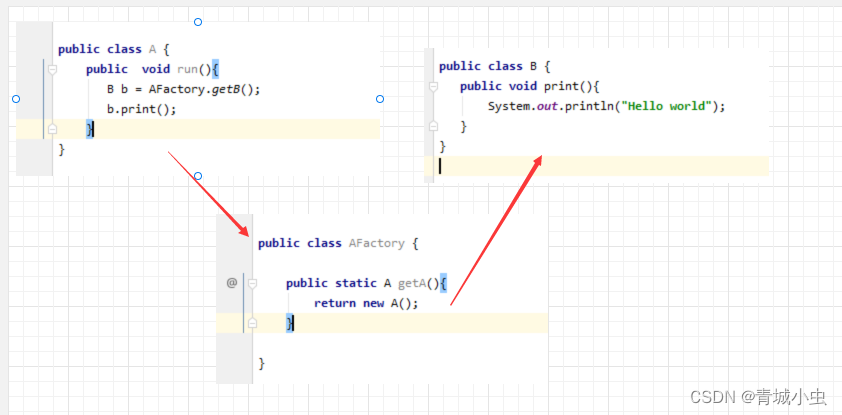
创建一个工厂类,这样就能够使得A和B的耦合度降低到最小值。
Spring是如何实现IOC的呢?
第一步:xml配置文件,配置创建对象
<bean id="demo" class="com.qcby.service.Demo" />
第二步:创建工厂类
public class DemoFactory {
//利用dom4j得到name所对应的value值
public static Demo getDemo() throws Exception {
//利用dom4j得到name所对应的value值
String value="class路径";
//通过反射创建对象
Class clazz = Class.forName(value);
//返回并创建demo对象
return (Demo) clazz.newInstance();
}
}
通过以上两步,我们基本上就可以得到我们所创建的对象。
(2).IOC(接口)
1.IOC思想是基于IOC容器完成的,IOC的底层就是对象工厂
2.Spring里边提供了IOC容器的实现的两种方式
BeanFactroy: IOC容器是Spring内部的使用接口,不提供给开发人员使用
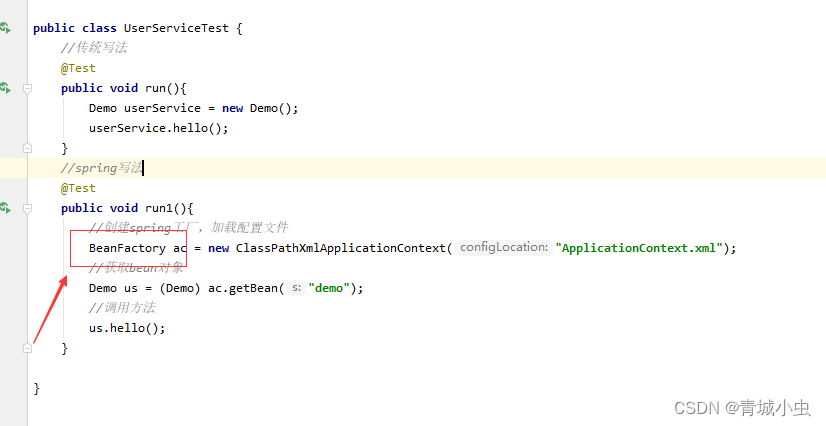
BeanFactroy:加载配置文件的时候不会去创建对象,在使用对象的时候才会去创建对象
ApplicationContext:BeanFactory 接口的子接口,提供了更多更强大的功能,一般由开发人员进行使用。

加载配置文件的时候会把对象创建
四:Spring框架的Bean管理
(1).什么是Bean个管理
bean管理指的是如下的两个操作。
1.创建对象
2.注入属性
(2).Bean管理操作的两种方式
1.基于xml配置文件的方式实现
2.基于注解方式实现
(3).基于xml配置文件的方式实现Bean管理和注入属性
1.基于xml方式创建对象
①:这个就是我们上边配置过
②:创建对象的时候,默认是执行无参构造方法完成对象

2.基于xml方式注入属性
依赖注入的概述
IOC和DI的概念
IOC:Inverse of Control,控制反转,将对象的创建权反转给Spring!!
DI:Dependency Injection,依赖注入,就是注入属性
属性的set方法注入值
编写属性,提供该属性对应的set方法,编写配置文件完成属性值的注入
public class User {
// 编写成员属性,一定需要提供该属性的set方法
//IOC容器底层就通过属性的set方法方式注入值
private int age;
private String name;
private Demo demo;
public void setAge(int age) {
this.age = age;
}
public void setName(String name) {
this.name = name;
}
public void setDemo(Demo demo) {
this.demo = demo;
}
@Override
public String toString() {
return "User{" +
"age=" + age +
", name='" + name + '\'' +
", demo=" + demo +
'}';
}
}
<!‐‐DI:依赖注入‐‐>
<bean id="user" class="com.qcby.service.User" >
<!--使用property完成属性注入
name:类里面属性名称
value:向属性注入值
ref:对象映射-->
<property name="age" value="18"></property>
<property name="name" value="张三"></property>
<property name="demo" ref="demo"></property>
</bean>
<bean id="demo" class="com.qcby.service.Demo" />
@Test
public void run1(){
//创建spring工厂,加载配置文件
ApplicationContext ac = new ClassPathXmlApplicationContext("ApplicationContext.xml");
//获取bean对象
User user = ac.getBean("user", User.class);
System.out.println(user.toString());
}
数组,集合(List,Set,Map)等的set注入
public class CollectionBean {
private String [] strs;
private List<String> list;
private Map<String,String> map;
public void setStrs(String[] strs) {
this.strs = strs;
}
public void setList(List<String> list) {
this.list = list;
}
public void setMap(Map<String, String> map) {
this.map = map;
}
@Override
public String toString() {
return "CollectionBean{" +
"strs=" + Arrays.toString(strs) +
", list=" + list +
", map=" + map +
'}';
}
}
<!‐‐给集合属性注入值‐‐>
<bean id="collectionBean" class="com.qcby.service.CollectionBean">
<property name="strs">
<array>
<value>美美</value>
<value>小凤</value>
</array>
</property>
<property name="list">
<list>
<value>熊大</value>
<value>熊二</value>
</list>
</property>
<property name="map">
<map>
<entry key="aaa" value="老王"/>
<entry key="bbb" value="小王"/>
</map>
</property>
</bean>
属性构造方法方式注入值
对于类成员变量,构造函数注入。
public class Car {
// 名称
private String cname;
// 金额
private Double money;
public Car(String cname,Double money){
this.cname = cname;
this.money = money;
}
@Override
public String toString() {
return "Car{" +
"cname='" + cname + '\'' +
", money=" + money +
'}';
}
}
<bean id="car" class="com.qcby.service.Car">
<constructor-arg name="cname" value="奔驰"></constructor-arg>
<constructor-arg name="money" value="35"></constructor-arg>
</bean>
@Test
public void run(){
//创建spring工厂,加载配置文件
ApplicationContext ac = new ClassPathXmlApplicationContext("ApplicationContext.xml");
//获取bean对象
Car car = ac.getBean("car", Car.class);
System.out.println(car.toString());
}
数组,集合(List,Set,Map)等的构造器注入
private String[] Strings;
private List<String> list;
private Map<String,String> map;
public UserService( String[] Strings, List<String> list, Map<String, String> map) {
this.Strings = Strings;
this.list = list;
this.map = map;
}
<bean id="user" class="com.qcby.service.UserService">
<constructor-arg index="0">
<array>
<value>aaa</value>
<value>bbb</value>
<value>ccc</value>
</array>
</constructor-arg>
<constructor-arg index="1">
<list>
<value>小黑</value>
<value>小白</value>
</list>
</constructor-arg>
<constructor-arg index="2">
<map>
<entry key="aaa" value="小黑"/>
<entry key="bbb" value="小号"/>
</map>
</constructor-arg>
</bean>
@Test
public void getValue(){
ApplicationContext applicationContext = new ClassPathXmlApplicationContext("applicationContext.xml");
Demo demo = (Demo) applicationContext.getBean("demo");
System.out.println(demo.toString());
}
(4).基于注解的方式实现Bean管理和注入属性
1.什么是注解
①:注解是代码特殊标记,格式:@注解名称(属性名称=属性值,属性名称=属性值…)
②:使用注解,注解作用在类上面,方法上面,属性上边
③:使用注解的目的:简化XML配置
2.Spring针对Bean管理中创建对象提供的注解
@Component 普通的类
@Controller 表现层
@Service 业务层
@Repository 持久层
上边四个功能一样,都可以用来创建bean实例
3.用注解的方式创建对象
①:编写接口和实现类
public interface UserService {
public void hello();
}
②:在需要管理的类上添加@Component注解
import org.springframework.stereotype.Component;
/* <bean id="us" class="UserServiceImpl"/> */
/**
* 组件,作用:把当前类使用IOC容器进行管理,如果没有指定名称,默认使用类名,首字母是小写。
* userServiceImpl。或者自己指定名称
**/
@Controller(value="us")
public class UserServiceImpl implements UserService {
public void hello() {
System.out.println("使用注解,方便吧!");
}
}
③:编写配置文件,重点是开启注解扫描。
<?xml version="1.0" encoding="UTF-8"?>
<beans xmlns="http://www.springframework.org/schema/beans"
xmlns:xsi="http://www.w3.org/2001/XMLSchema-instance"
xmlns:context="http://www.springframework.org/schema/context" xsi:schemaLocation="
http://www.springframework.org/schema/beans
http://www.springframework.org/schema/beans/spring-beans.xsd
http://www.springframework.org/schema/context
http://www.springframework.org/schema/context/spring-context.xsd">
<!--开启注解扫描 com.qcby所有的包中的所有的类-->
<context:component-scan base-package="com.qcby"/>
</beans>
编写测试方法
import com.qcby.testanno.UserService;
import org.junit.Test;
import org.springframework.context.support.ClassPathXmlApplicationContext;
public class Demo2 {
@Test
public void run1(){
ClassPathXmlApplicationContext ac = new ClassPathXmlApplicationContext("ApplicationContextanno.xml");
UserService us = (UserService) ac.getBean("us");
us.hello();
}
}
4.用注解的方实现属性注入
@Value 用于注入普通类型(String,int,double等类型)
@Autowired 默认按类型进行自动装配(引用类型)
@Qualifier 不能单独使用必须和@Autowired一起使用,强制使用名称注入
@Resource Java提供的注解,也被支持。使用name属性,按名称注入
具体的代码如下
// 默认当前类名就是ID名称,首字母小写
@Component(value = "c")
// @Controller
// @Service(value = "c")
// @Repository(valu = "c")
public class Car {
// 注解注入值,属性set方法是可以省略不写的。
// 只有一个属性,属性的名称是value,value是可以省略不写的
@Value("大奔2")
private String cname;
@Value(value = "400000")
private Double money;
// 也不用提供set方法
// 按类型自动装配的注解,和id名称没有关系
@Autowired
// 按id的名称注入,Qualifier不能单独使用,需要Autowired一起使用。
// @Qualifier(value = "person")
// @Resource Java提供的注解,按名称注入对象,属性名称是name
// @Resource(name = "person")
private Person person;
@Override
public String toString() {
return "Car{" +
"cname='" + cname + '\'' +
", money=" + money +
", person=" + person +
'}';
}
}
@Controller
//@Component(value = "person")
public class Person {
@Value("张三")
private String pname;
@Override
public String toString() {
return "Person{" +
"pname='" + pname + '\'' +
'}';
}
}
@Test
public void run1(){
// 工厂
ApplicationContext ac = new
ClassPathXmlApplicationContext("applicationContext.xml");
// 获取对象
Car car = (Car) ac.getBean("c");
System.out.println(car);
}
(5). IOC纯注解的方式
纯注解的方式是微服务架构开发的主要方式,所以也是非常的重要。纯注解的目的是替换掉所有的配置文件。但是需要编写配置类。
常用的注解总结
@Configuration 声明是配置类
@ComponentScan 扫描具体包结构的
编写实体类
@Component
public class Order {
@Value("北京")
private String address;
@Override
public String toString() {
return "Order{" +
"address='" + address + '\'' +
'}';
}
}
编写配置类,替换掉applicationContext.xml配置文件
@Configuration
// 扫描指定的包结构
@ComponentScan(value = "com.qcby")
public class SpringConfig {
}
测试方法的编写
package com.qcby.test;
import com.qcby.demo4.Order;
import com.qcby.demo4.SpringConfig;
import org.junit.Test;
import org.springframework.context.ApplicationContext;
import org.springframework.context.annotation.AnnotationConfigApplicationContext;
public class Demo4 {
@Test
public void run(){
// 创建工厂,加载配置类
ApplicationContext ac = new AnnotationConfigApplicationContext(SpringConfig.class);
// 获取到对象
Order order = (Order) ac.getBean("order");
System.out.println(order);
}
}
